Citizen Science Highlights
NASA needs your help! You can collaborate with professional scientists, conduct cutting-edge science, and make real discoveries. A science degree is not required, just a passion for understanding the natural world. Here, you can read news about NASA-funded citizen science projects, new discoveries, and opportunities to get involved. For more information on current citizen science projects.
Filters

Discovery Alert: An Earth-sized World and Its Ultra-cool Star
Our galaxy is a jewel box of red stars. More than 70% of the stars in the Milky Way are M dwarfs, also known as red dwarfs. These stars are cool and dim compared with our Sun, but they often…

Hubble Views the Dawn of a Sun-like Star
Looking like a glittering cosmic geode, a trio of dazzling stars blaze from the hollowed-out cavity of a reflection nebula in this new image from NASA’s Hubble Space Telescope. The triple-star system is made up of the variable star HP…

How ‘Glowing’ Plants Could Help Scientists Predict Flash Drought
An unusual boost in plant productivity can foreshadow severe soil water loss. NASA satellites are following the clues. Flaring up rapidly and with little warning, the drought that gripped much of the United States in the summer of 2012 was…

NASA Teammates Recall Favorite Memories Aboard Flying Laboratory
After flying more than three decades and 158 science campaigns, just one flight remains. NASA’s DC-8 Airborne Science Laboratory will make its final flight May 15 to Idaho State University in Pocatello, Idaho, where it will be used to train…

Meet NASA Women Behind World’s Largest Flying Laboratory
NASA’s DC-8 aircraft – the world’s largest flying science laboratory – began its science missions in 1987 and since then, has flown in service of the science community over places like Antarctica, Greenland, and Thailand. Aircraft like the DC-8 have…
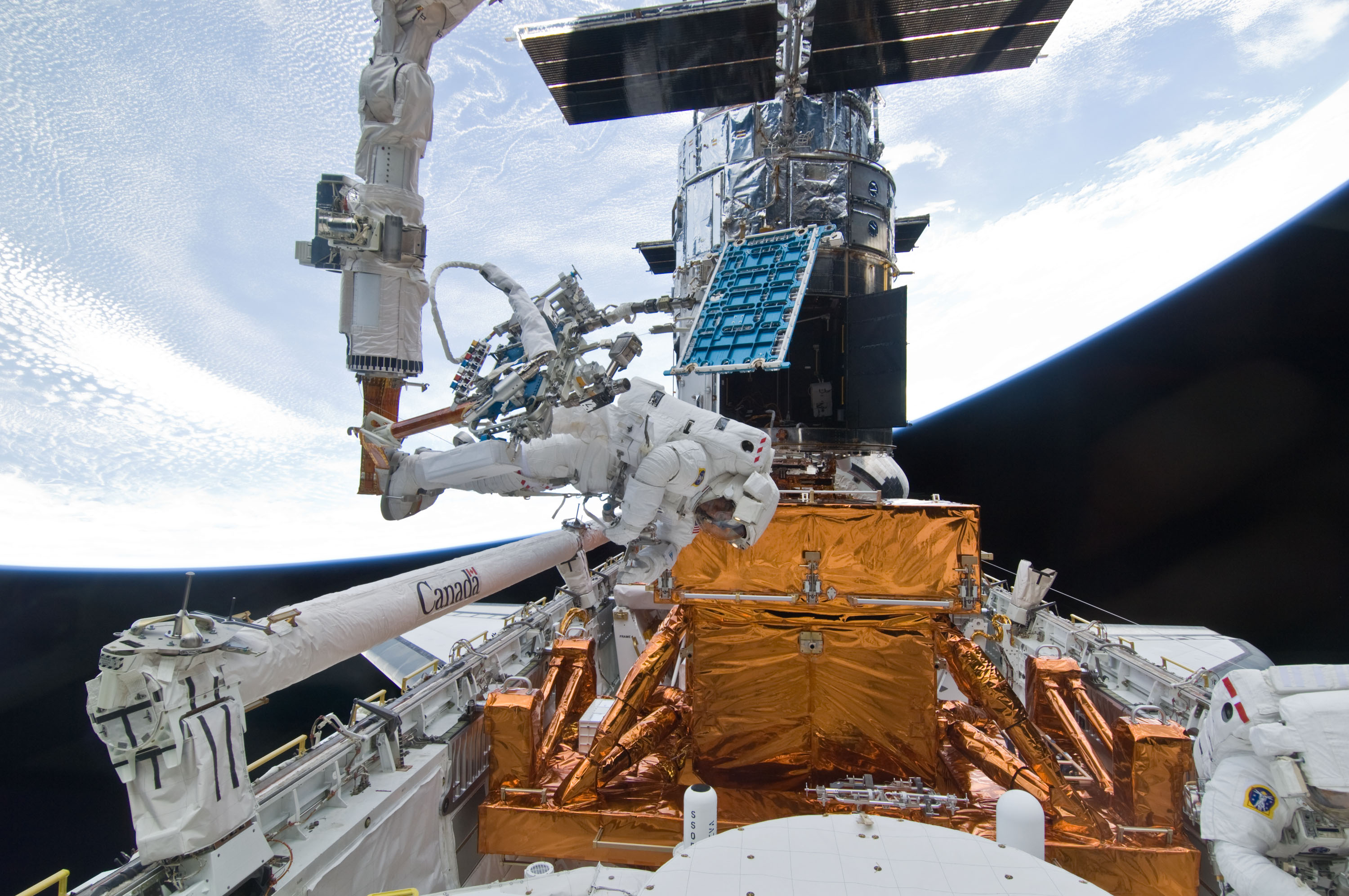
Hubble Celebrates the 15th Anniversary of Servicing Mission 4
Fifteen years ago, human hands touched NASA’s Hubble Space Telescope for the last time. As astronauts performed finishing tasks on the telescope during its final servicing mission in May 2009, they knew they had successfully concluded one of the most…
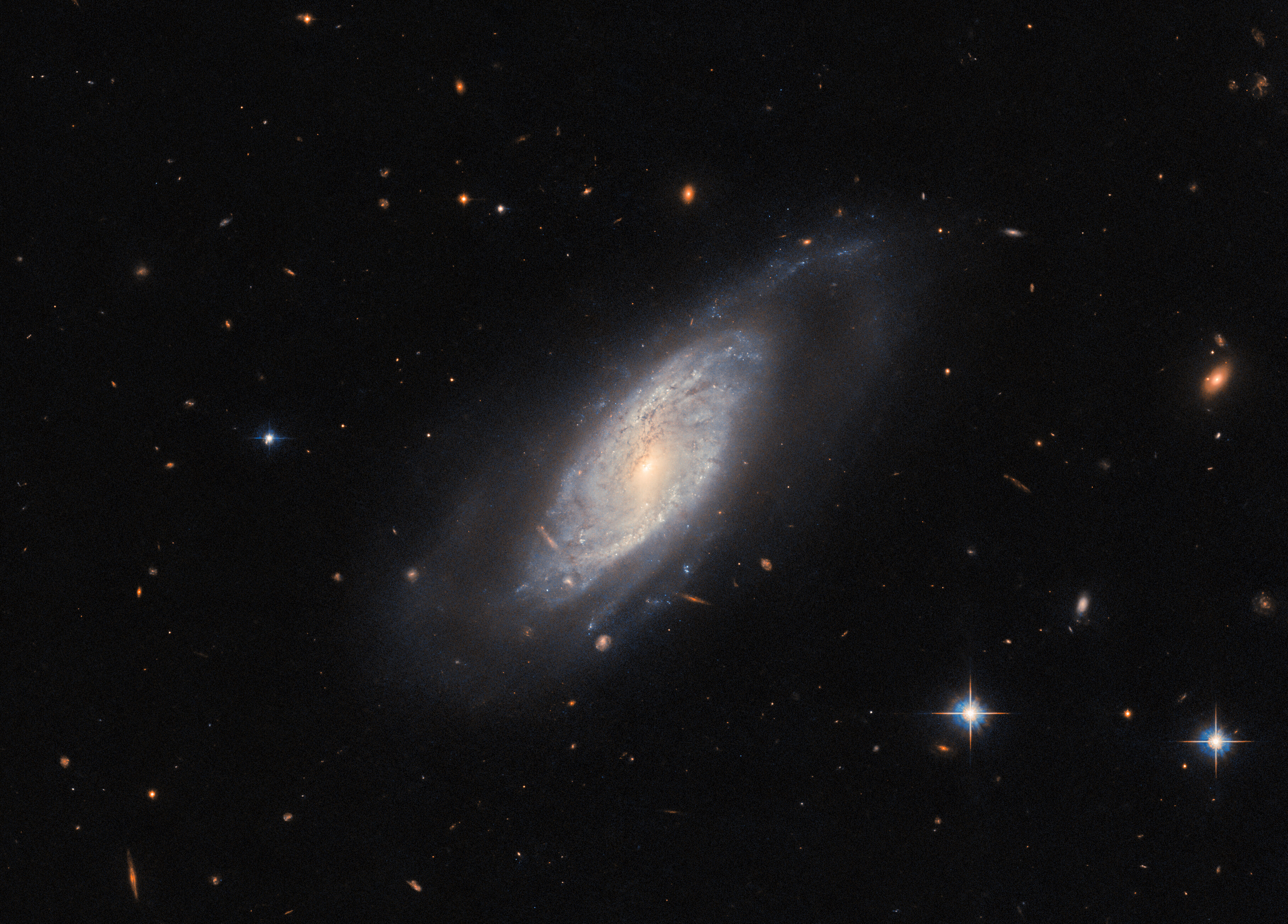
Hubble Glimpses a Star-Forming Factory
The celestial object showcased in this image from the NASA/ESA Hubble Space Telescope is the spiral galaxy UGC 9684, which lies around 240 million light-years from Earth in the constellation Boötes. This image shows an impressive example of several classic…
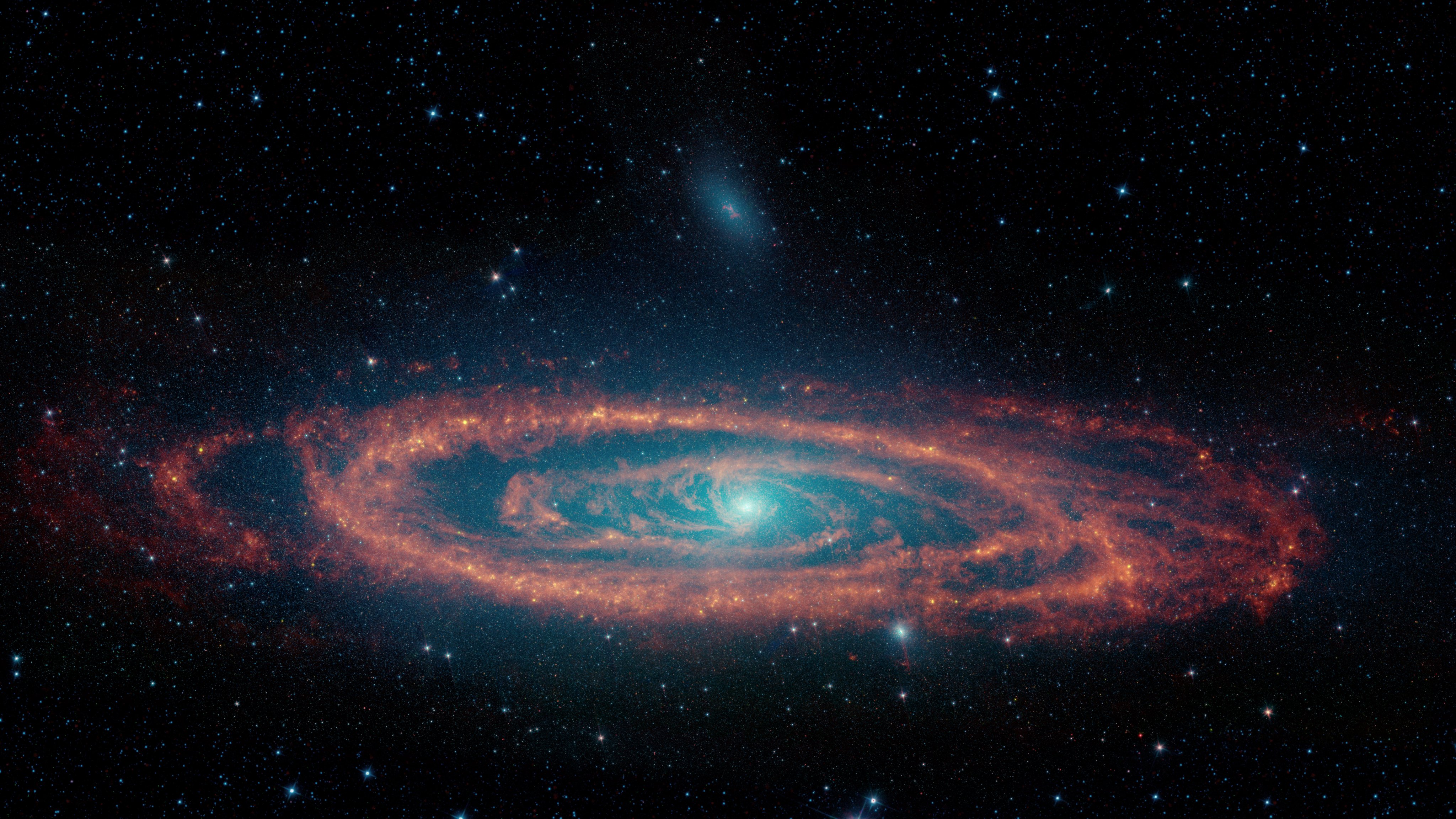
NASA Images Help Explain Eating Habits of Massive Black Hole
Data from NASA’s retired Spitzer Space Telescope has given scientists new insights into why some supermassive black holes shine differently than others. In images from NASA’s retired Spitzer Space Telescope, streams of dust thousands of light-years long flow toward the…
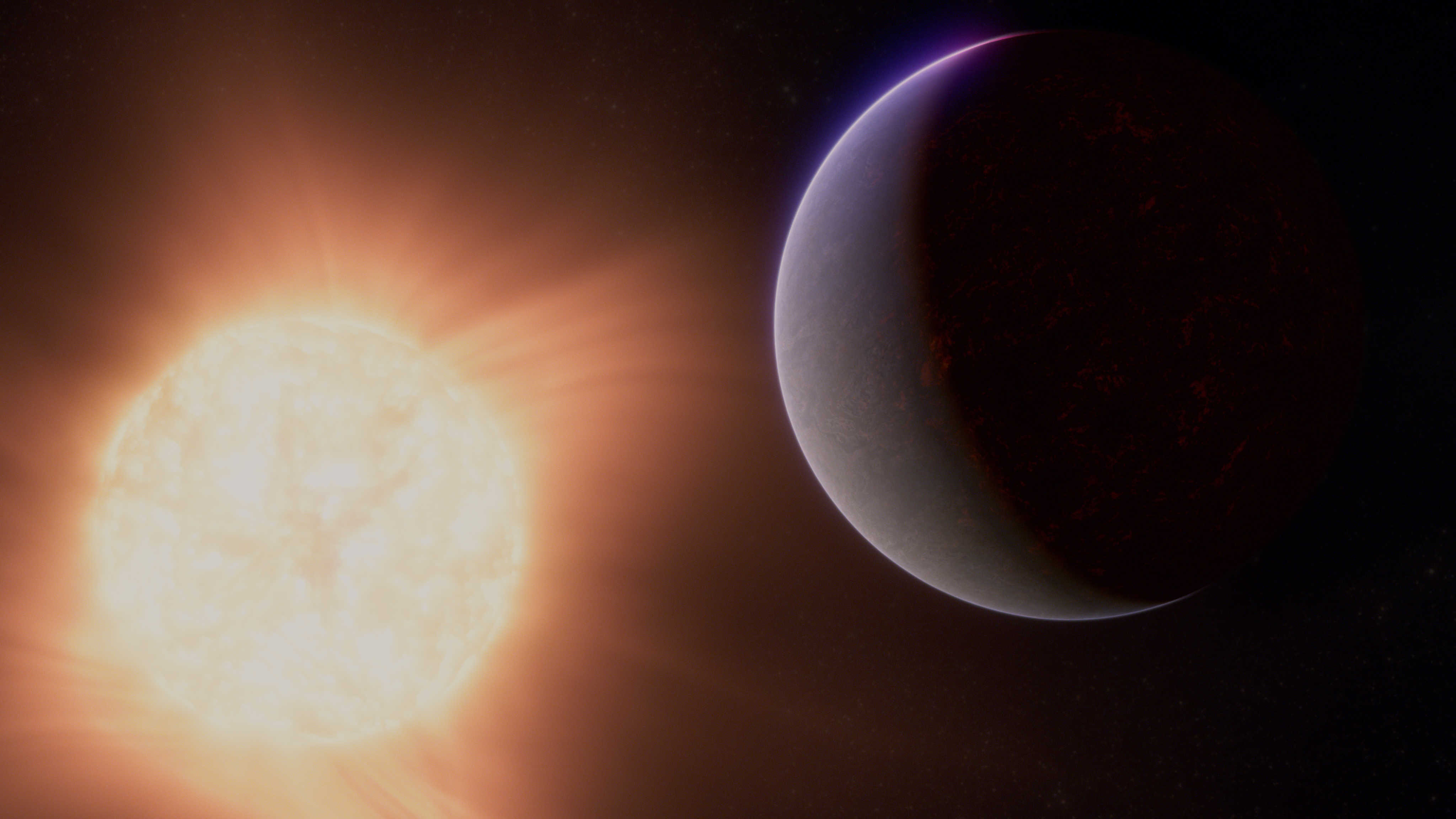
NASA’s Webb Hints at Possible Atmosphere Surrounding Rocky Exoplanet
Researchers using NASA’s James Webb Space Telescope may have detected atmospheric gases surrounding 55 Cancri e, a hot rocky exoplanet 41 light-years from Earth. This is the best evidence to date for the existence of any rocky planet atmosphere outside…
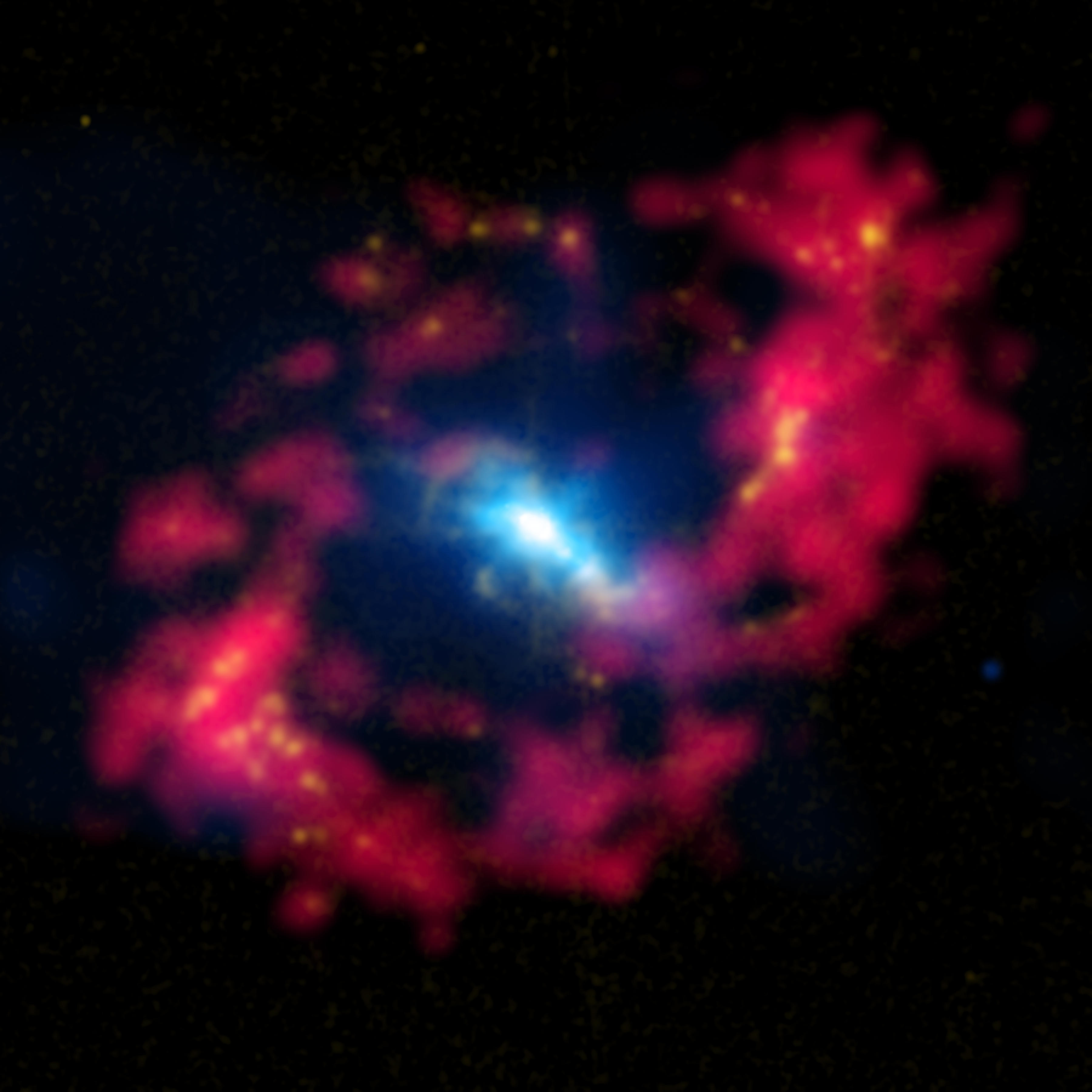
NASA, JAXA XRISM Spots Iron Fingerprints in Nearby Active Galaxy
After starting science operations in February, Japan-led XRISM (X-ray Imaging and Spectroscopy Mission) studied the monster black hole at the center of galaxy NGC 4151. “XRISM’s Resolve instrument captured a detailed spectrum of the area around the black hole,” said…




